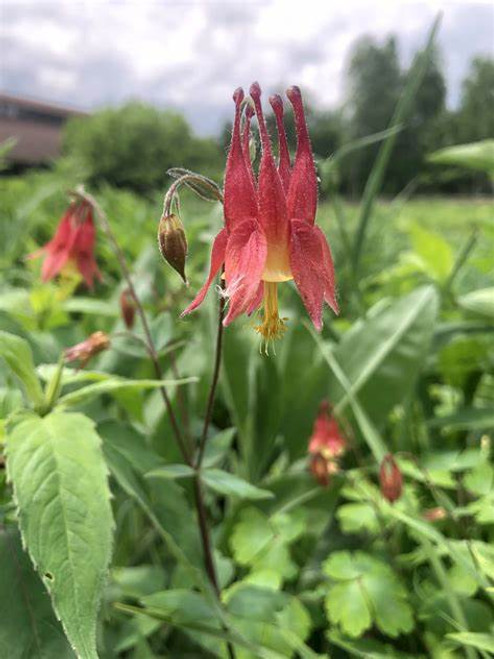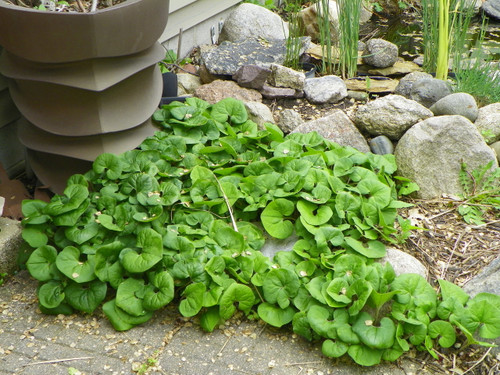Wild Strawberry
The Wild Strawberry Plant: A Nature Lover's Delight
Fragaria vesca, also known as wild strawberry plant, is an excellent addition to your garden. It enables you to beautify the environment and consume its products. This plant is generally used for its small white flowering capability, juicy red fruits, and fresh foliage green color. It can be grown by anyone, whether an experienced gardener or new to gardening.
Stimulating Environment for the Development of Growth of Wild Strawberries
Wild strawberry plants are known to do well in most environments. However, due to their low maintenance requirements, they thrive in USDA Zones 3-8 and are ideal for many of the United States. It also favors light-textured soils such as those with good aeration, structure, drainage, and organic content; the optimum pH is slightly acid to mildly alkaline, 5.5-6.5.
Wild strawberries are best planted in a region with full to partial sun exposure. Though they may grow in a partially shady area, the most vigorous fruiting is best produced in a sunny climate. They can be grown in beds, borders, or even in containers, but they are well suited to areas with sun and well-drained soil.
Semen Where Wild Strawberry Plants Naturally Grow
It naturally grows in North America, Europe, and some parts of Asia. It is commonly found in habitats like the fringes of the woods and slopes;the plant forms dense carpet because of its conspicuous color. Due to the plant's versatility, it is ideal for the gardener aiming to have a natural wooded area outdoors.
The Wild Strawberry is a low maintenance favorite.
Its most attractive feature is that it is very easy to grow. After these plants have been set up, they don't necessarily need much tending, which is good news for constantly moving gardeners. During spring and summer, since dry weather makes the foliage of the plant green, it must be careful not to water it, which is very unhealthy for the plant since it causes the soil to be soggy and leads to root rot. The research has also discovered that placing a layer of mulch around the plant's base conserves the plant's moisture, limiting weed growth and moderating the changes in temperature on their root systems.
Wild strawberries have been identified as resistant to pests and are not easily affected by pests that may be prevalent in most gardens. But from time to time, one might find himself bothered by aphids. Such cases generally call for the invasion of natural predators or organic control of pests in the farming area.
Cooking and Aesthetic Values
The wild strawberry plant is not simply an ornamental plant; it is versatile. Despite being slightly smaller than the cultivated fruits, the fruit has a spectacular, very sweet taste that is ideal for eating, processing into bread, or using in jams and jellies. The berries are known to contain antioxidant and vitamin value and, therefore, should make healthy parts of the diet.
Aside from being a food source, the plant has ornamental value in any garden or landscape. Due to its prostrate growth habit, it is a good candidate for use as a ground cover to fill spaces between other plants, discouraging soil erosion. White flowers and red berries make the plant ornate, and it can be planted anywhere and be beautiful all year round.
Planting flowers will attract pollinators, and certain good plants should be planted along with other crops for better results.
They are good friends for many other popular garden plants, like lavender, thyme, or chive. Because of their growth habit, they are ideal for planting taller plants, and their flowers are beautiful to bees, butterflies, and other beneficial insects. Naturalizing wild strawberries improves the appearance of your garden space and returns value to the environment.
In spring, trim off the browned foliage and feed the plant with an equal ratio of nitrogen fertilizer. The ripe fruits must be picked quite often to have berries all year round. In cooler regions, mulching is highly encouraged.
The wild strawberry plant is attractive, useful, and low-maintenance. By choosing this plant as a plug, you will surely receive a potentially useful plant. Whether it is the color of its berries, the fact that the wild strawberry plant grows as a ground cover, or its vital role as a pollinator, the plant adds beauty and joy to any garden and has longevity.












